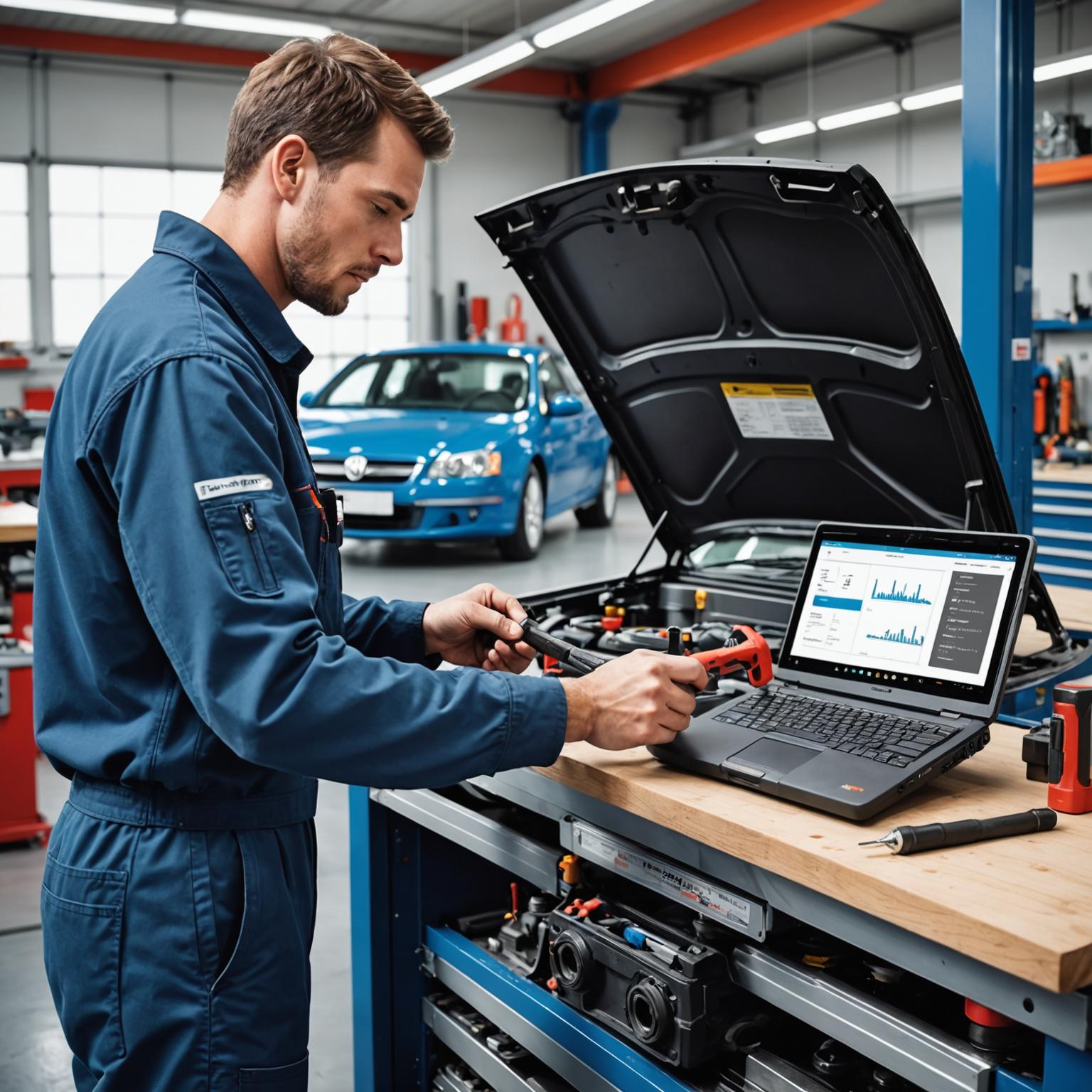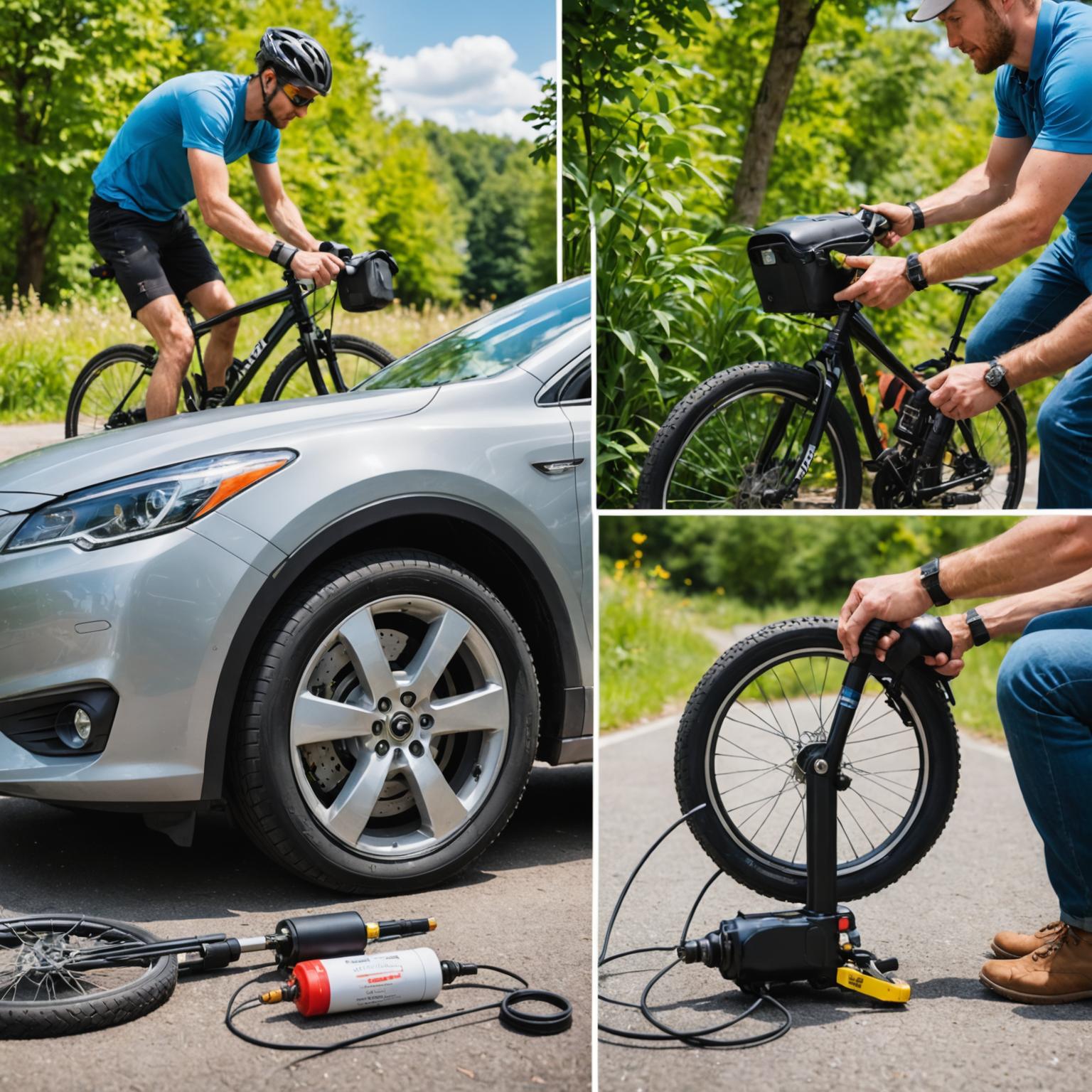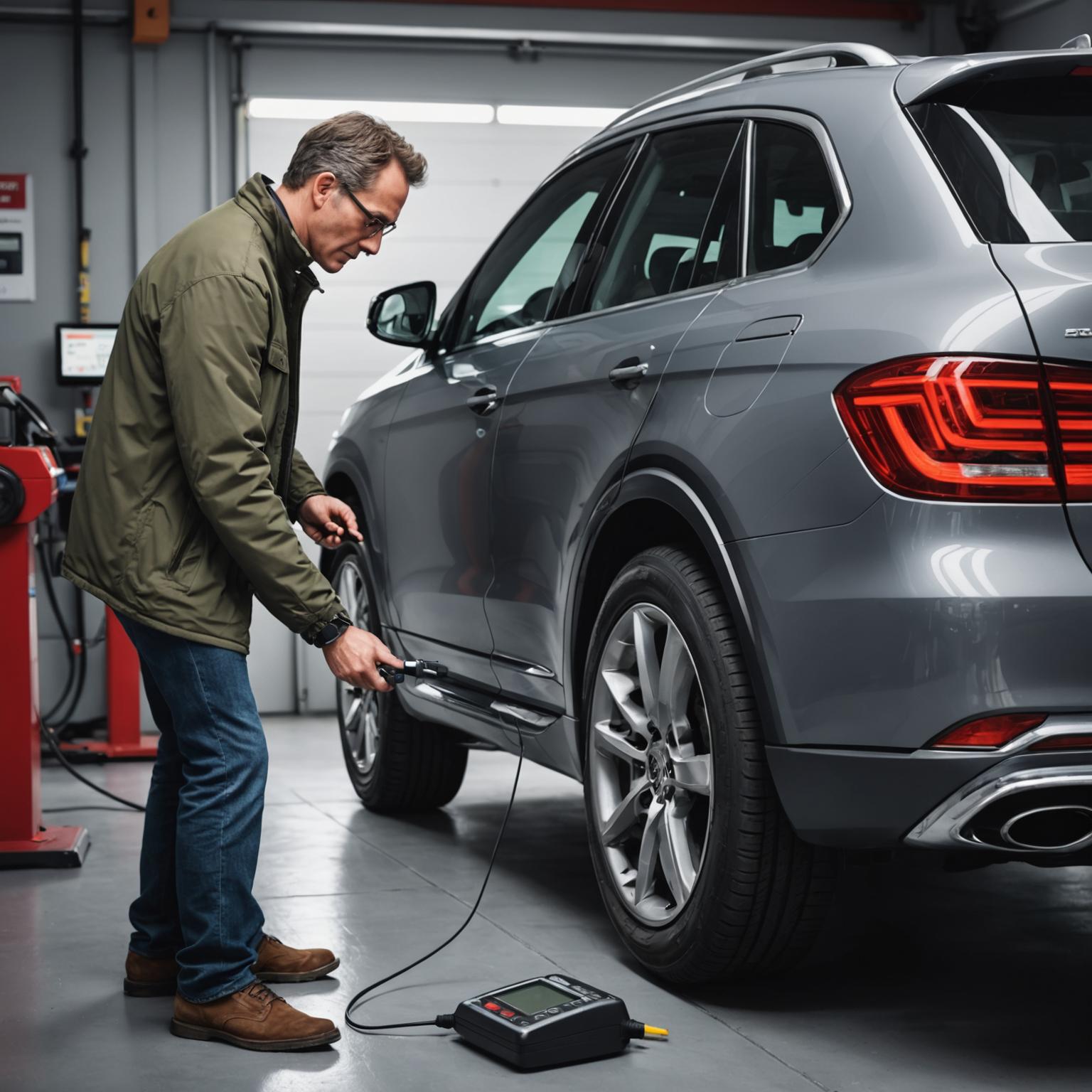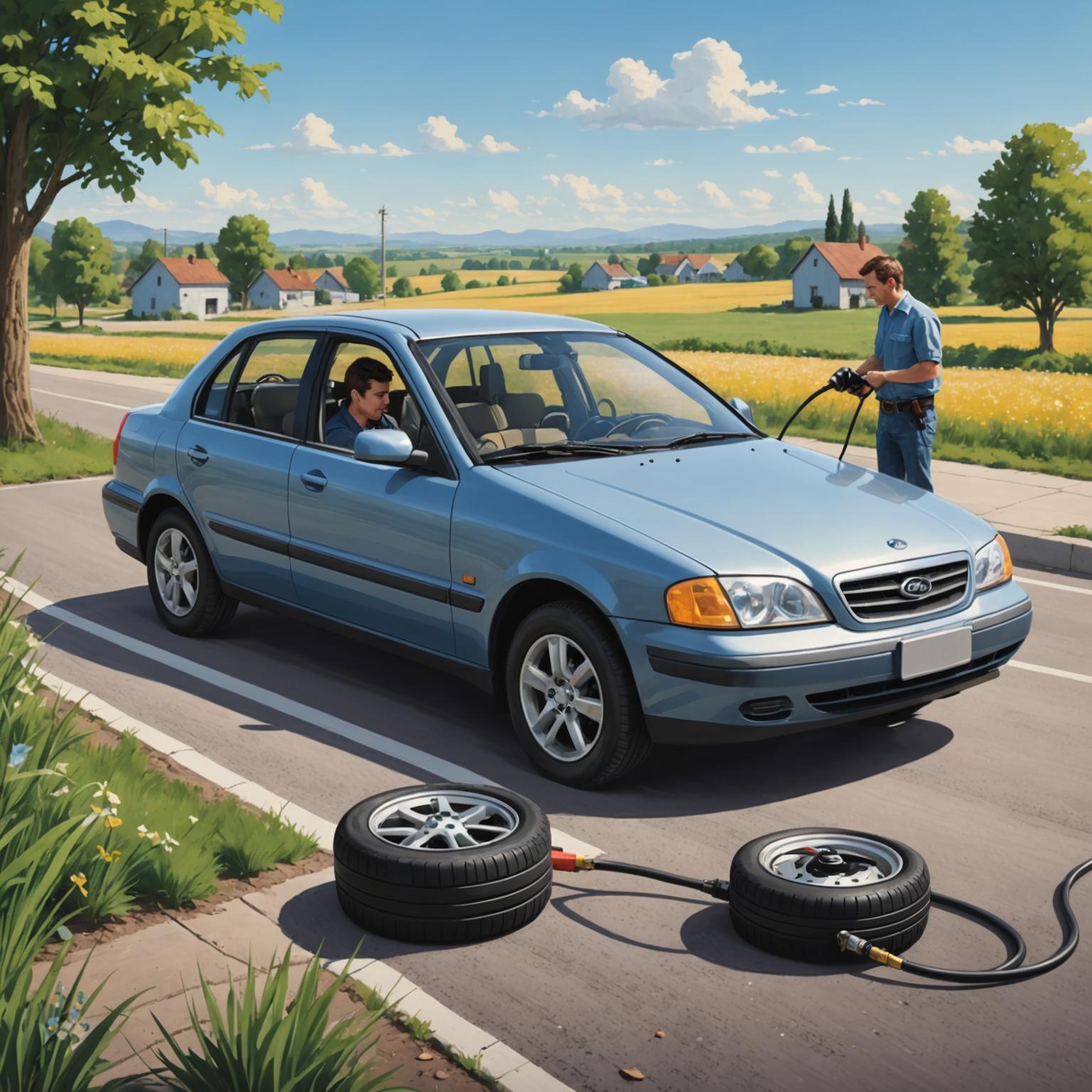Tire inflator gauges are essential tools for every vehicle owner, ensuring that your tires are always at the optimal pressure for safety and performance. These devices help prevent accidents caused by underinflated or overinflated tires, which can lead to blowouts or poor fuel efficiency. In this guide, we'll explore how to select and use tire inflator gauges effectively, covering various types to suit different needs. Whether you're a daily commuter or an avid road tripper, understanding these tools can save you time and money in the long run.
Understanding Different Types of Tire Inflator Gauges
A digital tire pressure gauge is one of the most popular options due to its accuracy and ease of use. This type of gauge provides precise readings on a digital display, making it simple to monitor tire pressure without any guesswork. For instance, a digital tire pressure gauge often includes features like backlighting for nighttime use and the ability to switch between different pressure units such as PSI, BAR, or kPa. On the other hand, a manual tire inflator gauge relies on a traditional analog dial, which is more affordable and doesn't require batteries. It's a reliable choice for those who prefer a no-frills approach, though it might not be as precise as its digital counterpart. When looking for the best tire inflator gauge, consider factors like durability and ease of reading, as these can vary between models. Additionally, a portable tire pressure gauge is ideal for on-the-go use, fitting easily into your glove compartment or toolkit for quick checks during travel.
How to Choose the Best Tire Inflator Gauge
Selecting the right tire inflator gauge involves several steps to ensure it meets your specific requirements. First, assess your needs based on your vehicle type; for example, if you drive a sedan, a compact digital tire pressure gauge might suffice, whereas SUV owners may prefer a more robust manual tire inflator gauge for heavier use. Next, check the accuracy and calibration of the gauge, as even the best tire inflator gauge can give faulty readings if not properly maintained. Look for models that have been tested by reputable sources or come with warranties. Price is another factor—while a portable tire pressure gauge is generally budget-friendly, investing in a high-quality digital one could prevent long-term issues. Finally, read user reviews to see real-world performance; many people praise gauges that are user-friendly and durable. By following these steps, you'll end up with a tire inflator gauge that enhances your vehicle's safety and efficiency.
Step-by-Step Guide to Using a Tire Inflator Gauge
Now that you've chosen your gauge, let's go through a detailed step-by-step process on how to use it effectively. Start by parking your vehicle on a level surface and allowing the tires to cool down for at least an hour, as heat can affect pressure readings. Remove the valve cap from the tire and firmly attach the nozzle of your tire inflator gauge to the valve stem, ensuring a tight seal to get an accurate reading. For a digital tire pressure gauge, press the power button and wait for the display to show the current pressure; if it's a manual tire inflator gauge, simply read the dial after attachment. Compare the reading to your vehicle's recommended pressure, which is usually found on the driver's door jamb or in the owner's manual. If the pressure is low, use an air compressor to add air in small increments, checking with the gauge periodically. Once you've reached the desired level, remove the gauge and replace the valve cap securely. This method works for any portable tire pressure gauge, helping you maintain optimal tire conditions and extend the life of your tires.
Tips for Maintenance and Troubleshooting
Proper maintenance of your tire inflator gauge is crucial to ensure it remains accurate over time. Regularly calibrate your gauge according to the manufacturer's instructions, especially if you use it frequently. For digital models, keep the batteries fresh and protect the device from extreme temperatures, which can affect its functionality. If you're using a manual tire inflator gauge, store it in a protective case to prevent damage to the dial or needle. One common issue is inaccurate readings, which might occur if the gauge is dirty; simply clean the nozzle and valve attachment points with a soft cloth. Additionally, always double-check your readings with another gauge if possible, as even the best tire inflator gauge can occasionally malfunction. By incorporating these maintenance tips, you'll get the most out of your portable tire pressure gauge and avoid potential safety hazards on the road.
Advanced Considerations and Final Thoughts
Beyond basic usage, there are advanced aspects to consider when dealing with tire inflator gauges. For instance, if you're an enthusiast who modifies vehicles, look for gauges that integrate with smart apps for real-time monitoring—a feature often found in high-end digital tire pressure gauges. Environmental factors like altitude can also influence tire pressure, so adjust accordingly when traveling to different elevations. Remember, the best tire inflator gauge for you depends on your lifestyle; a manual one might be perfect for occasional use, while a digital version suits tech-savvy users. In conclusion, mastering the use of tire inflator gauges not only promotes safer driving but also contributes to better fuel economy and tire longevity. By following this guide, you'll be well-equipped to handle your vehicle's maintenance needs effectively.






